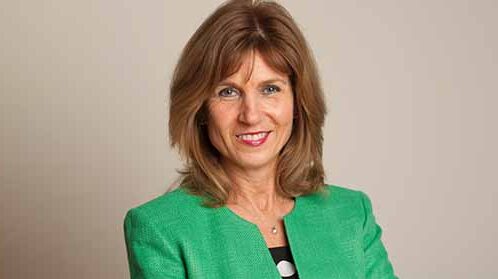IAM RoadSmart’s six of the best

IAM Roadsmart’s quiet revolution continued this week with the introduction of six bite-sized learning modules.
Due for launch early next year, they will form part of the charity’s bid to reposition itself as a friend to motorists of all levels rather than simply a finishing school for the best drivers. Half a million people have taken IAM Roadsmart’s advanced driver course since it was founded 60 years ago, but the charity is now hoping to reach a much wider audience.
The new one-off, one-to-one sessions are intended to help drivers address their own individual areas of concern, with modules including: driving on motorways; driving on rural roads; driving on urban roads; vehicle management; overtaking; and parking. These themes were selected following in-depth research of some 100,000 drivers, customer focus groups plus surveys with Mumsnet and Gransnet.
All sessions, also suitable for commercial drivers, are under two hours and take place in the customer’s own car.
Sarah Sillars OBE, IAM RoadSmart chief executive officer, said, ‘Currently, the majority of drivers do not undertake any further training after they pass their driving test. But like any skill, driving should be regularly developed. What we have done is to make post-test, on-road learning as easy and accessible as possible by addressing the areas drivers tell us they would like extra help with.
‘We know that people have little spare time in our fast-paced society and what we have come up with offers great flexibility and a chance to be a more confident and safer driver in a way that fits into their lives.’
This is just the first wave of modules to be announced. Coming down the line in 2017 are specific B2B and B2C modules as well as an e-learning platform that will use gamification to drive engagement.
Eventually, IAM RoadSmart hopes these measures will help to significantly reduce the number of people killed or seriously injured in a car in the UK. The government has no official targets, but IAM RoadSmart hopes to reduce the number from 1,700 a year to nearer 1,300 within five or six year.








